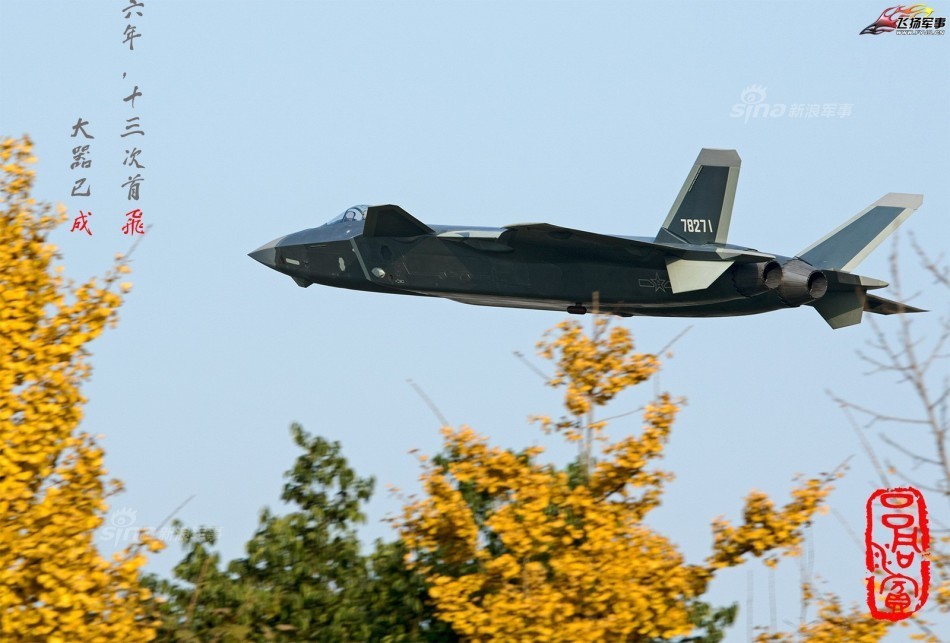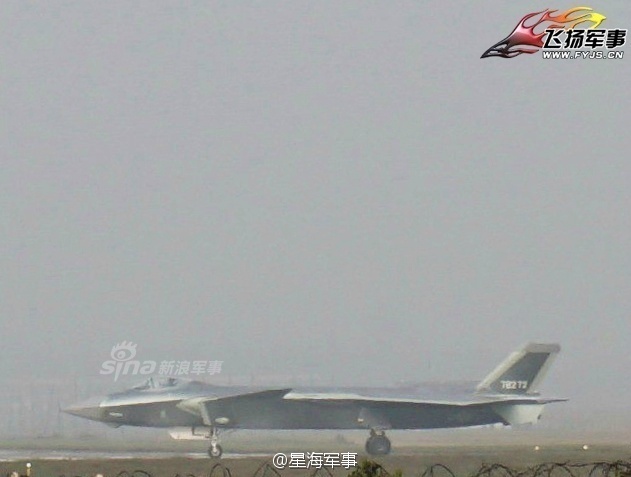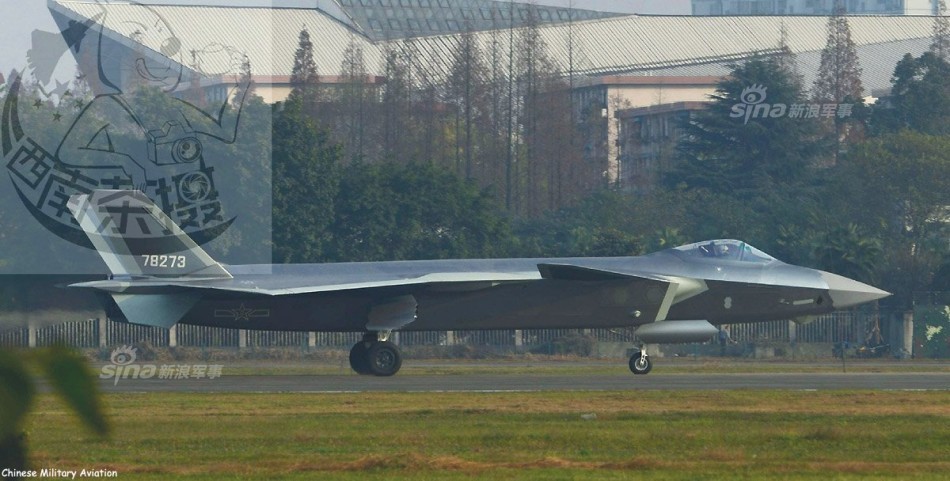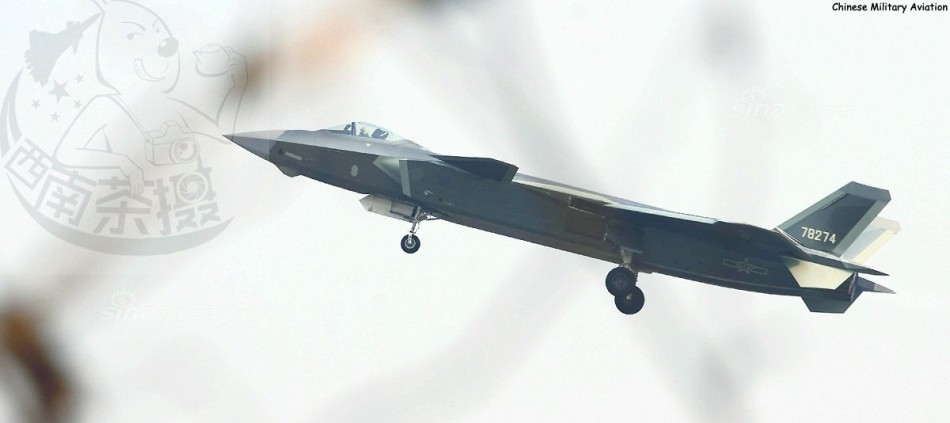PiSigma
"the engineer"
The difference is in the organisation of production, the typical example for serial production is a production line where you have X steps and each plane would start at step 1, next go to step 2, ... until it reaches the last step. After the first plane goes from step 1 to step 2, the next plane would start at step 1
and this continues as long as you run the production. Once the first plane is finished in step X you would get a steady stream of new planes until production stops. In order for this to work you need a steady stream of components. This is the way to produce big numbers since the times of the Ford T.
In batch production you would decide to produce X planes at a time, get the necessary components for X planes and then put together X planes. After the X planes are completed you would then start another batch of X planes or perhaps build a batch of different planes (if your production equipment allows this --- if I'm not mistaken this is what happens when SAC changes between JH-7A and H-6 production).
This way is more suited to building smaller numbers and should allow more changes between batches.
Typically you would produce prototypes and development planes in small batches and once development and testing is complete you might set up "serial production" if you want to produce a lot.
I'm not sure why chinese warplanes seem to be built as batches, it might be that the number of planes ordered for each type is relatively small so setting up a production line is not worth of the effort or that there have been problems in the past with setting up the kind of logistics necessary for a smooth production line.
Schenkus - the batch process in airplane building in China is actually not much different than serial production in US.
Where you described 1st plane go from step 1 to 2, then plane two go to step 1, assembly line style of construction is also done in China. That is why you don't see 40 planes delivered to the PLAAF at the same time, but one or two planes at a time.
What "batch" means here is really an order of 24 to 40 planes at any given time. Once that order is complete, there might be another order of the same plane or an modified plane or a completely different plane.
They still need the assembly line style construction method to capture manufacturing efficiencies and skilled trades person's strengths in each portion of construction.
The advantage of this "batch" process is the ease of incorporating more modifications per batch. Essentially you build 24-40 fighters (or less for bigger bombers/transport) and can make small modifications (see J10B to J10C) and the retooling is fairly cheap in the factory, and the re-training is easy.
Only when a design is considered final and a large number required (think F35 where there are many customers with same design and almost no differences) then serial production begins (where there are no retooling or retraining is required).







